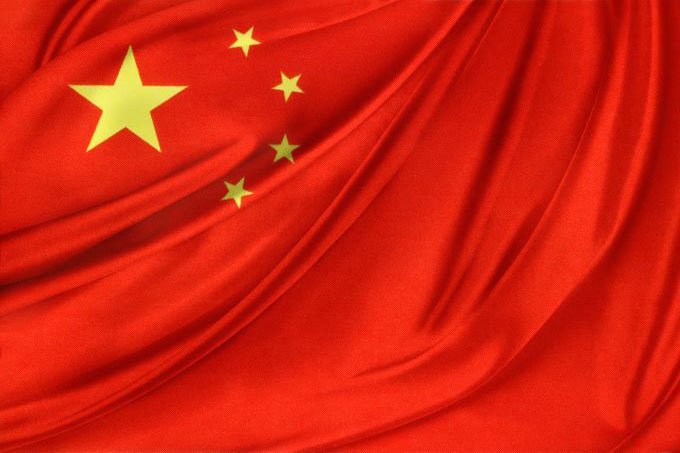 According to data released by the China Federation of Logistics and Purchasing (CFLP), the Manufacturing PMI stood at 50.9, signaling an expansion of the sector. The figure came in higher than expectations of 50.8, but lower than May’s 51.
According to data released by the China Federation of Logistics and Purchasing (CFLP), the Manufacturing PMI stood at 50.9, signaling an expansion of the sector. The figure came in higher than expectations of 50.8, but lower than May’s 51.
Similarly, the non-manufacturing sector also expanded, as the Non-Manufacturing PMI stood at 53.5, higher than expectations of 52.7 though below the previous month’s 55.2.
Despite being higher than expected, factory activity hit a four-month low mainly due to the rise in prices of raw material costs, a local surge in COVID-19 cases, and general supply chain disruptions in the Asian continent.
“This was largely a result of COVID, which has affected factory output and also new export orders due to the rising waves of infections and resultant restrictions in some neighbouring economies,” commented the Great China chief economist at ING, “Overall, (it’s) not a great month but no really worrying signs...China’s growth rate is still positive, though it would be a lot lower in H2 than H1, mostly because of the change in base effects.”
Now, analysts expect the PMI to rebound in July mainly due to an expected increase in demand, as the rest of the world is reopening and attempting to contain the spread of the COVID-19 virus.
Since the beginning of the pandemic, 91,780 COVID-19 cases have been reported in mainland China, including 4,636 deaths. The Chinese government is now trying to vaccinate the entire population, which is no small feat. So far, around 1.21 billion dosages have been distributed among the population while some 630 million are fully vaccinated, which accounts for about 40% of the population.
China was one of the few countries that managed to grow last year, as its GDP increased by 2.3, which was its lowest growth rate in decades. Recently, the World Bank reported that it expects China to grow by 8.5% this year, while expecting growth to slow down to 5.4% in 2022. According to the bank, this slowdown will be linked with a diminishing fiscal and monetary support, tight credit controls and slowing consumption.
By 9:50 GMT, the Chinese yuan remained steady against the US dollar at the 0.1548 level.

